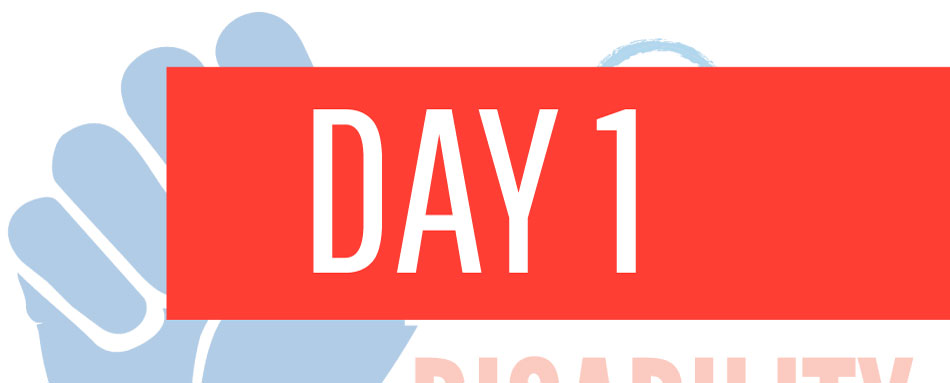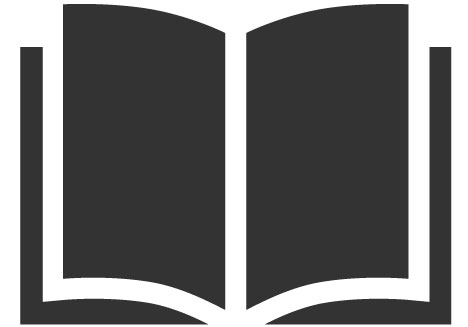
Whether you are a person with a disability, know someone with a disability, or have simply seen people with disabilities in public spaces, you probably have thoughts about what it means to have a disability. During this month, we invite you to learn more about disability—not from a position of pity, but from a position of advocacy, equality, and pride. People with disabilities make up the largest minority group in the United States, and the fight for disability justice is real and ongoing.
The Americans with Disabilities Act (ADA) defines a disability as a physical or mental impairment that substantially limits one or more major life activities. According to the Centers for Disease Control and Prevention, approximately 27% of adults in the United States, or 1 in 4, have a disability. This is about 92 million people in the United States alone. While this number might seem high, it is important to remember that many disabilities are non-apparent. This means that you likely know several people with disabilities without being aware of their disability.
![[Image description: Infographic with an outline of the United States filled with blue and gold human icons. Says, “Up to 1-in-4 (27%) adults in the United States have some type of disability.” Twenty-seven percent of the human icons are blue, and the rest are gold. Attribution: Centers for Disease Control and Prevention, Disability Affects All of Us (updated May 2023).] [Image description: Infographic with an outline of the United States filled with blue and gold human icons. Says, “Up to 1-in-4 (27%) adults in the United States have some type of disability.” Twenty-seven percent of the human icons are blue, and the rest are gold.
Attribution: Centers for Disease Control and Prevention, Disability Affects All of Us (updated May 2023).]](https://unitedforscmi.org/wp-content/uploads/2022/08/dec1-1024x775.jpg)
[Image description: Infographic with an outline of the United States filled with blue and gold human icons. Says, “Up to 1-in-4 (27%) adults in the United States have some type of disability.” Twenty-seven percent of the human icons are blue, and the rest are gold. Attribution: Centers for Disease Control and Prevention, Disability Affects All of Us (updated May 2023).]
Unfortunately, our society has stigmatized disability and created a perception that people with disabilities are “less than” non-disabled people. Disability is a natural part of the human experience, much like having brown eyes or curly hair. It is not inherently negative; rather, it is simply one of many neutral human diversity characteristics.
The disability community, like many other marginalized groups, has a rich history of civil disobedience and confronting discriminatory laws and policies. Many people don’t realize that disability rights have been part of the broader civil rights movement. People with disabilities continue to fight for their rights to public access, social supports, and equal treatment together with movements representing People of Color, women, and other marginalized groups. A phrase that captures this shared struggle for social justice is “same struggle, different difference.” Many people with disabilities are also part of other marginalized groups and hold multiple different identities at the same time.
![[Image description: Infographic with statistics about Disability and Communities. Says, “Disability is especially common in these groups: 2-in-5 adults age 65 years and older have a disability, 1-in-4 women have a disability, 2-in-5 Non-Hispanic American Indians/Alaska Natives have a disability.” Human figures in different colors represent these statistics.
Attribution: Centers for Disease Control and Prevention, Disability Affects All of Us (data from 2022).]](https://unitedforscmi.org/wp-content/uploads/2022/08/dec12.jpg)
[Image description: Infographic with statistics about Disability and Communities. Says, “Disability is especially common in these groups: 2-in-5 adults age 65 years and older have a disability, 1-in-4 women have a disability, 2-in-5 Non-Hispanic American Indians/Alaska Natives have a disability.” Human figures in different colors represent these statistics. Attribution: Centers for Disease Control and Prevention, Disability Affects All of Us (data from 2022).]
Yet the Civil Rights Act of 1964 did not include disability rights. It was not until July 1990, with the passing of the Americans with Disabilities Act, that most disability-related civil rights were formally recognized. Today, the fight for equality and justice for marginalized people—including those with disabilities—continues.

Read
- Centers for Disease Control and Prevention – Disability and Health Overview
- Perri Meldon, National Park Service – Disability History: The Disability Rights Movement
- ADA National Network – What is a Disability?

Watch
- Rooted in Rights – What are Disabilities? (1:32, includes captions and transcript)
- Judith Heumann, TEDx MidAtlantic – Our Fight for Disability Rights—And Why We’re Not Done Yet (17:00, includes captions, audio description, and transcript)
- GBH News – Did You Learn About Disability History in School? (1:00, includes captions and transcript)
Movie
- Netflix on YouTube (free) – Crip Camp: A Disability Revolution (1:46:42, full movie, includes captions and transcript)Content Note: Mentions sex and sexually transmitted infections, contains profanity.
Discussion
- When you think of disability, what comes to mind?
- When you learned about the civil rights movement, did you learn about people with disabilities and their fight for equal rights? How do you feel about schools including (or not including) this in the curriculum?
- What have you learned about disability in your lifetime? Was that information from people with or without disabilities?
